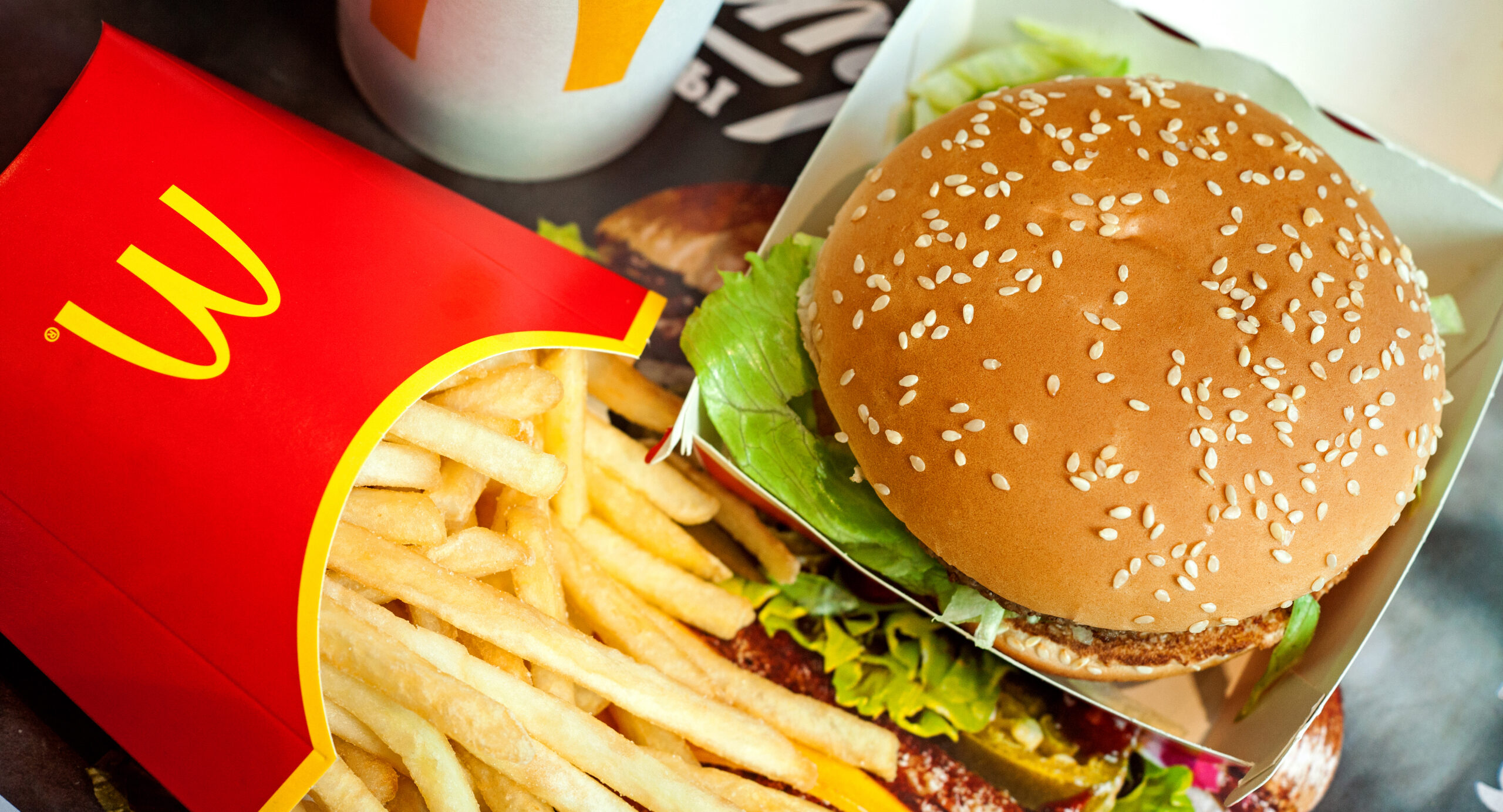
McDonald’s Wants to Know You, The importance of Customer Engagement, and Netflix Falls Off a Cliff
Fries, a Shake, and a Big Mac.
You may think when you order at a McDonald’s they know all about you. Not really, but boy, do they care. With the challenges of the pandemic, supply chain shortages and price increases, keeping customers engaged and coming back became a challenge. Many retailers, and now McDonald’s, have created a new executive post: Chief Customer Officer. Their focus is on understanding the dynamics of the customers: what do they want, what builds loyalty, and, how do you stay responsive to change? These dynamics play a big role for large companies who need to keep customers happy and find out if and why they’re not.
Does a Long-term Customer Engagement Strategy Work for B2B Businesses?

For B2B businesses that sell services or products, from software to big-ticket construction projects, the sales cycle can take months, if not years. With the high cost of entry, building trust over time is essential. According to the Gartner Group, a global consultancy firm, a business engagement must be built over time as a strategic marketing process. It’s essential to consider what existing and potential customers need throughout their purchase journey and add touchpoints to reach customers consistently throughout the process.
In the enterprise business world, it’s essential to create a positive brand experience with a customer engagement strategy that builds value and trust over time
Each touchpoint should include helpful, personalized information to provide a positive customer experience and build trust that cultivates customer loyalty. You can learn more about their observations and why it’s so important to build a process around customer engagement.
How Could Netflix Suddenly Lose 200,000 Subscribers?

When Netflix reported a loss of 200,000 subscribers in the first quarter of 2022 it was a shock to investors, streaming services, and the whole business world. Netflix was the pioneer in DVD rentals and then streaming services, with a global reach of 214 million customers in over 190 countries. What happened? How could they not see this coming? This question is a big one and puzzles me as well.
Always Stay Ahead of Change, Otherwise, You’ll Be Left Behind.
However, they, along with Disney + and Amazon Prime, were riding high from millions of people working at home through the pandemic. But all pandemics eventually end and they seemed to have no plan for that. In the last two years several major things happened. Over a dozen free streaming services offering very similar content have arrived on the scene with a paid advertising model, sucking off customers from paid services.
In addition, Netflix had a major price rise globally and suddenly the service looks less appealing as these new free services have no fee requirements to sign up. After all, they are all free. Even Amazon moved into this space with the acquisition of Freevee (formerly IMDb TV). In the meantime, Netflix had been plowing millions into more and more content creation. Now they are scrambling, cutting costs to move forward with a free service later in the year. Is it too late? What do you think? You can read more about it on Rotten Tomatoes.